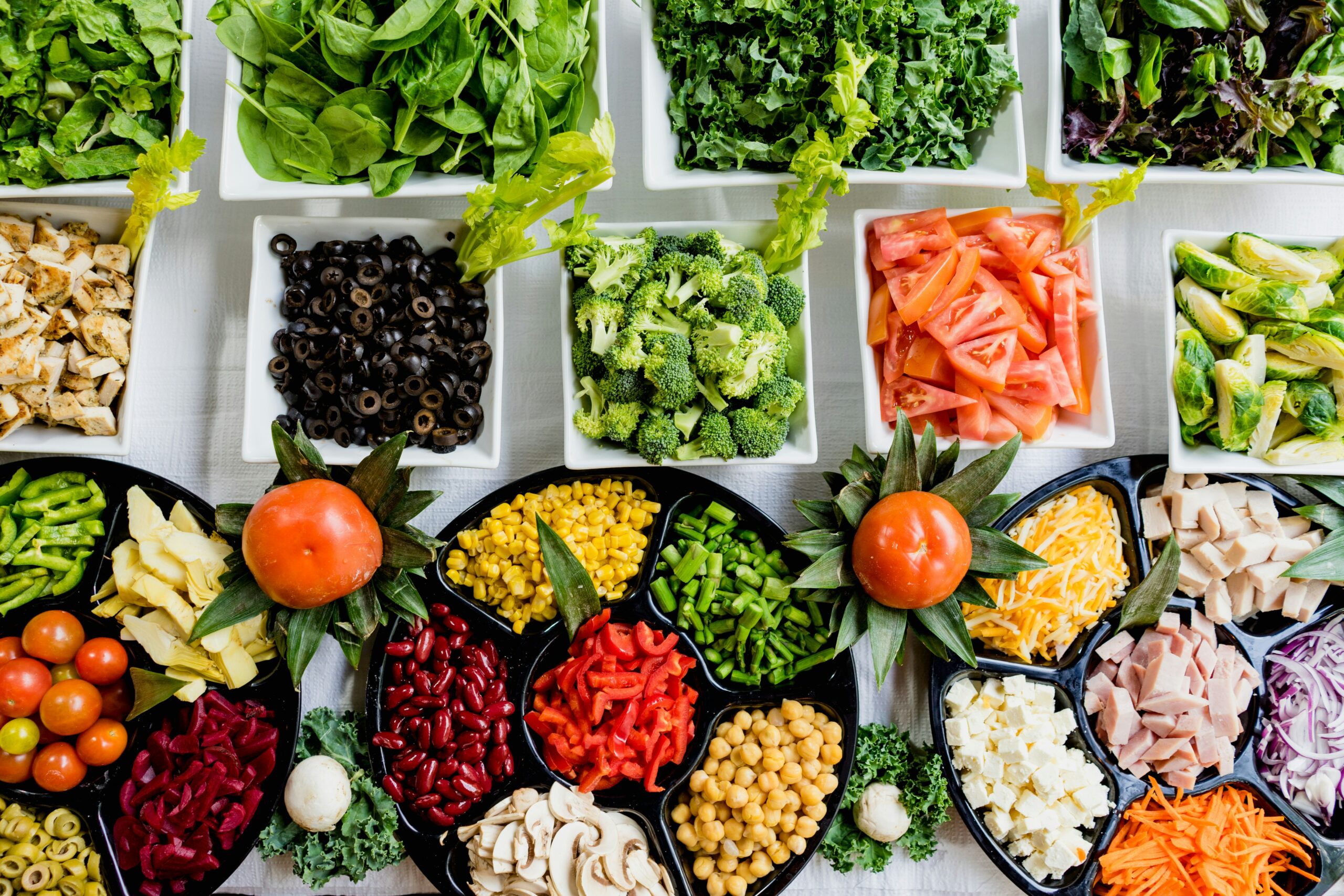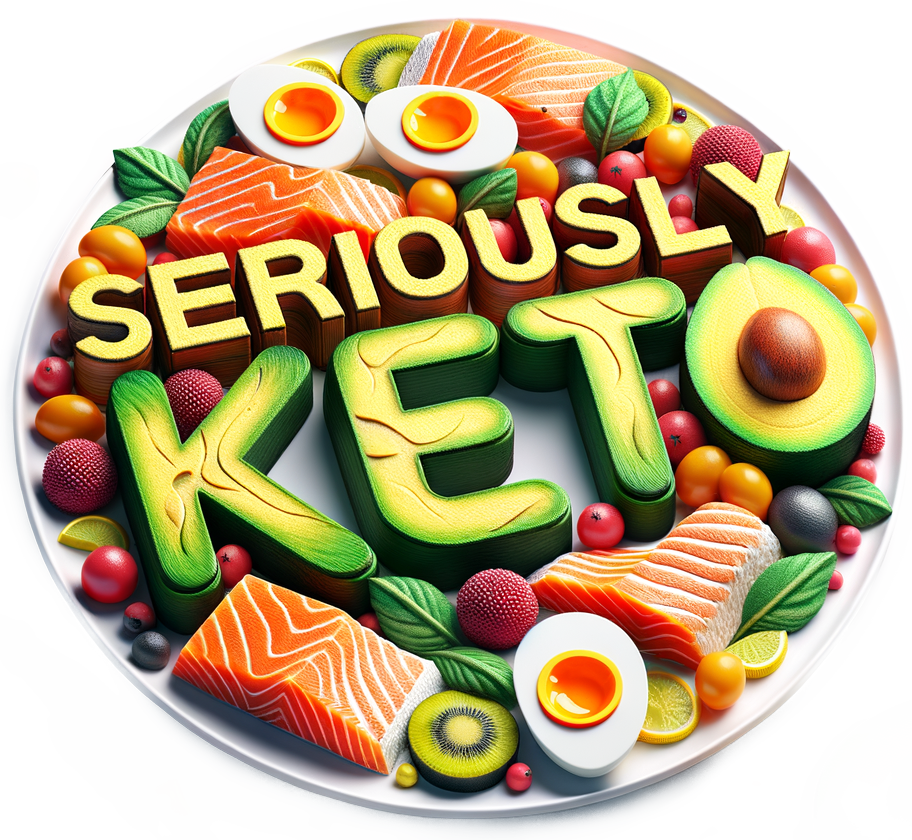Are you following the keto diet and wondering whether you can include beans and legumes in your meal plan? Well, the answer may surprise you! In this article, we will explore the compatibility of beans and legumes with the keto diet. As you delve into the world of low-carb living, understanding the role of these nutrient-packed foods in ketosis becomes crucial. So, let’s uncover the truth about beans and legumes and their place in the keto journey.

Understanding Keto Diet
Definition of Keto Diet
The keto diet, short for ketogenic diet, is a low-carbohydrate, high-fat diet that has gained popularity in recent years. It involves consuming foods that are high in healthy fats, moderate in protein, and very low in carbohydrates. The goal of the keto diet is to put your body into a metabolic state called ketosis, where it burns fat for fuel instead of glucose from carbohydrates.
Principles of Keto Diet
The principles of the keto diet revolve around drastically reducing carbohydrate intake and increasing fat consumption. By limiting carbohydrates to a very low level, typically around 20-50 grams per day, the body is forced to enter ketosis. In this state, the liver starts producing ketones from fat, which become the primary source of energy for the body. This shift in metabolism offers numerous benefits for weight loss and overall health.
Benefits of Keto Diet
The keto diet offers several benefits, making it a popular choice for those looking to lose weight and improve their health. One of the main advantages is its effectiveness in promoting weight loss. By restricting carbohydrates and increasing fat intake, the body becomes more efficient at burning stored fat for energy, resulting in weight loss.
Additionally, the keto diet has been shown to improve insulin sensitivity and blood sugar control, making it beneficial for individuals with diabetes or pre-diabetes. It may also help reduce inflammation, improve brain function, and increase energy levels.
Potential Risks of Keto Diet
While the keto diet can be highly effective for many individuals, it is important to be aware of potential risks. Some people may experience what is commonly referred to as the “keto flu” when transitioning to a keto diet. This includes symptoms such as fatigue, headache, nausea, and constipation. These symptoms are usually temporary and can be alleviated by proper hydration and electrolyte balance.
Additionally, long-term adherence to the keto diet may result in nutrient deficiencies if not properly planned. It is crucial to ensure an adequate intake of vitamins, minerals, and fiber through careful food selection or supplementation.
Carbohydrate Content of Foods in Keto Diet
Allowed Carbohydrate Intake on Keto Diet
On the keto diet, the allowed carbohydrate intake is generally limited to around 20-50 grams per day. This restriction is necessary to maintain a state of ketosis and ensure the body relies on fat for energy. It is important to focus on consuming carbohydrates from non-starchy vegetables and other low-carbohydrate sources rather than high-carb foods like grains and sugars.
Impact of High Carbohydrate Intake on Keto Diet
Consuming high amounts of carbohydrates on the keto diet can negatively impact ketosis and hinder weight loss efforts. When carbohydrate intake exceeds the recommended levels, the body will revert to using glucose for energy instead of fat. This can stall progress and make it difficult to achieve the desired metabolic state of ketosis.
Role of Beans and Legumes in a Balanced Diet
Nutritional Value of Beans and Legumes
Beans and legumes are highly nutritious foods that can be a valuable part of a balanced diet. They are a great source of plant-based protein, providing essential amino acids that contribute to muscle growth and repair. Furthermore, beans and legumes contain a wide range of vitamins and minerals, such as folate, magnesium, and iron.
Health Advantages of Beans and Legumes
In addition to their nutritional value, beans and legumes offer several health advantages. They have a low glycemic index, meaning they cause a slower rise in blood sugar compared to high-carbohydrate foods. This makes them beneficial for maintaining stable blood sugar levels and preventing insulin spikes.
Beans and legumes are also rich in dietary fiber, which aids in digestion, promotes satiety, and supports overall gut health. They have been associated with a reduced risk of heart disease, lowered cholesterol levels, and improved weight management.
Types of Beans and Legumes
There is a wide variety of beans and legumes available, each with its own unique taste, texture, and nutritional profile. Common types of beans include black beans, kidney beans, pinto beans, and chickpeas. Popular legumes include lentils, peas, and soybeans. Incorporating a variety of beans and legumes into your diet can provide a diverse array of nutrients.
Carbohydrate in Beans and Legumes
Carbohydrate Content of Different Beans and Legumes
While beans and legumes offer numerous health benefits, it is important to note that they also contain carbohydrates. The carbohydrate content varies depending on the type and preparation method. Generally, beans and legumes have a moderate amount of carbohydrates, with a range of approximately 20-40 grams per cup of cooked beans.
How Carbohydrate in Beans and Legumes Affects Keto Diet
Due to their carbohydrate content, beans and legumes can present challenges when following a strict keto diet. The goal of the keto diet is to minimize carbohydrate intake to maintain ketosis, so consuming beans and legumes in large quantities may not be suitable. However, with proper portion control and mindful selection, it is possible to include certain beans and legumes in a keto diet.

Keto-Friendly Beans and Legumes
Low-Carbohydrate Beans Suitable for Keto Diet
While some beans may be higher in carbohydrates, there are certain varieties that are lower in carbs and can be enjoyed in moderation on a keto diet. For example, black soybeans and lupini beans are known for having a significantly lower carbohydrate content compared to other beans.
Low-Carbohydrate Legumes Suitable for Keto Diet
In terms of legumes, certain options are more keto-friendly due to their lower carbohydrate content. Green beans and snow peas are examples of legumes that can be incorporated into a keto diet in moderation due to their relatively lower carbohydrate levels.
Serving Size of Beans and Legumes on Keto Diet
When including beans and legumes in a keto diet, it is crucial to pay attention to portion sizes. While specific serving sizes can vary based on individual needs and tolerance, it is generally recommended to limit intake to approximately half a cup of cooked beans or legumes to ensure carbohydrate intake remains within the desired range for ketosis.
Beans and Legumes to Avoid on Keto Diet
High-Carbohydrate Beans Not Suitable for Keto Diet
Some beans have a higher carbohydrate content and are not compatible with the strict carbohydrate restrictions of a keto diet. Examples of high-carbohydrate beans to avoid on keto include kidney beans, baked beans, and chickpeas. These beans contain more carbohydrates, making it challenging to stay within the desired carbohydrate range for ketosis.
High-Carbohydrate Legumes Not Suitable for Keto Diet
Similar to certain beans, there are legumes that are higher in carbohydrates and not recommended for a keto diet. Lentils, for instance, have a relatively higher carbohydrate content compared to other legumes, making them less suitable for maintaining ketosis.

Impact of Beans and Legumes on Ketosis
How Beans and Legumes Affect Ketosis
Beans and legumes can impact ketosis due to their carbohydrate content. Consuming larger quantities or high-carbohydrate varieties may cause a rise in blood sugar levels and potentially knock the body out of ketosis. However, individual tolerance levels differ, and some people may be able to incorporate small amounts of beans and legumes without significant negative effects on ketosis.
Ways to Mitigate Effects of Beans and Legumes on Ketosis
If you choose to include beans and legumes in your keto diet, there are strategies to mitigate their impact on ketosis. One approach is to pair them with other low-carbohydrate foods high in healthy fats and protein. This can help balance out the macronutrient composition of the meal and minimize the impact on blood sugar levels.
Additionally, soaking and cooking beans and legumes properly can reduce their carbohydrate content. Soaking them overnight and rinsing before cooking can help remove some of the starches that contribute to higher carbohydrate levels.
Alternatives to Beans and Legumes on Keto Diet
Low-Carbohydrate Alternatives to Beans
If you prefer to avoid beans and legumes altogether on the keto diet, there are several low-carbohydrate alternatives available. Vegetables such as cauliflower, broccoli, and zucchini can provide similar textures and flavors when prepared as substitutes in various recipes. These vegetables are low in carbohydrates and can be used to create keto-friendly dishes that mimic the appearance and taste of bean-based dishes.
Low-Carbohydrate Alternatives to Legumes
In place of legumes, you can explore other low-carbohydrate options to diversify your keto diet. Some alternatives include mushrooms, tofu, and tempeh, which offer plant-based protein without the higher carbohydrate content found in legumes.
Expert Recommendations on Beans, Legumes, and Keto Diet
Scientific Views on Consuming Beans and Legumes on Keto Diet
Opinions among experts regarding the inclusion of beans and legumes on a keto diet may vary. While the keto diet typically requires strict carbohydrate restriction, some experts suggest that small portions of low-carbohydrate beans and legumes can be incorporated without derailing ketosis for individuals who can tolerate them.
Effective Strategies for Incorporating Beans and Legumes in Keto Diet
For those who wish to include beans and legumes in their keto diet, effective strategies can optimize their incorporation while maintaining ketosis. These strategies include careful monitoring of portion sizes, selecting low-carbohydrate varieties, and pairing them with other keto-friendly foods to balance macronutrient ratios.
Conclusion: Are Beans and Legumes Allowed on a Keto Diet
Final Verdict Based on Nutritional Facts
In conclusion, beans and legumes can be included in a keto diet, but certain considerations need to be taken into account. The carbohydrate content of beans and legumes may impact ketosis, so portion control and selection of low-carbohydrate varieties are essential. It is crucial to be mindful of individual tolerance to carbohydrates and monitor blood sugar levels and ketone production while incorporating beans and legumes.
Tips for Including Beans and Legumes in a Keto Diet
If you choose to include beans and legumes in your keto diet, here are some tips to consider:
- Select low-carbohydrate beans like black soybeans or lupini beans.
- Opt for low-carbohydrate legumes such as green beans or snow peas.
- Limit portion sizes to approximately half a cup of cooked beans or legumes.
- Pair them with other keto-friendly foods high in healthy fats and protein.
- Soak and cook beans and legumes properly to reduce their carbohydrate content.
By following these tips and considering your individual needs and tolerance, you can enjoy the nutritional benefits of beans and legumes while still maintaining the principles of a keto diet.

